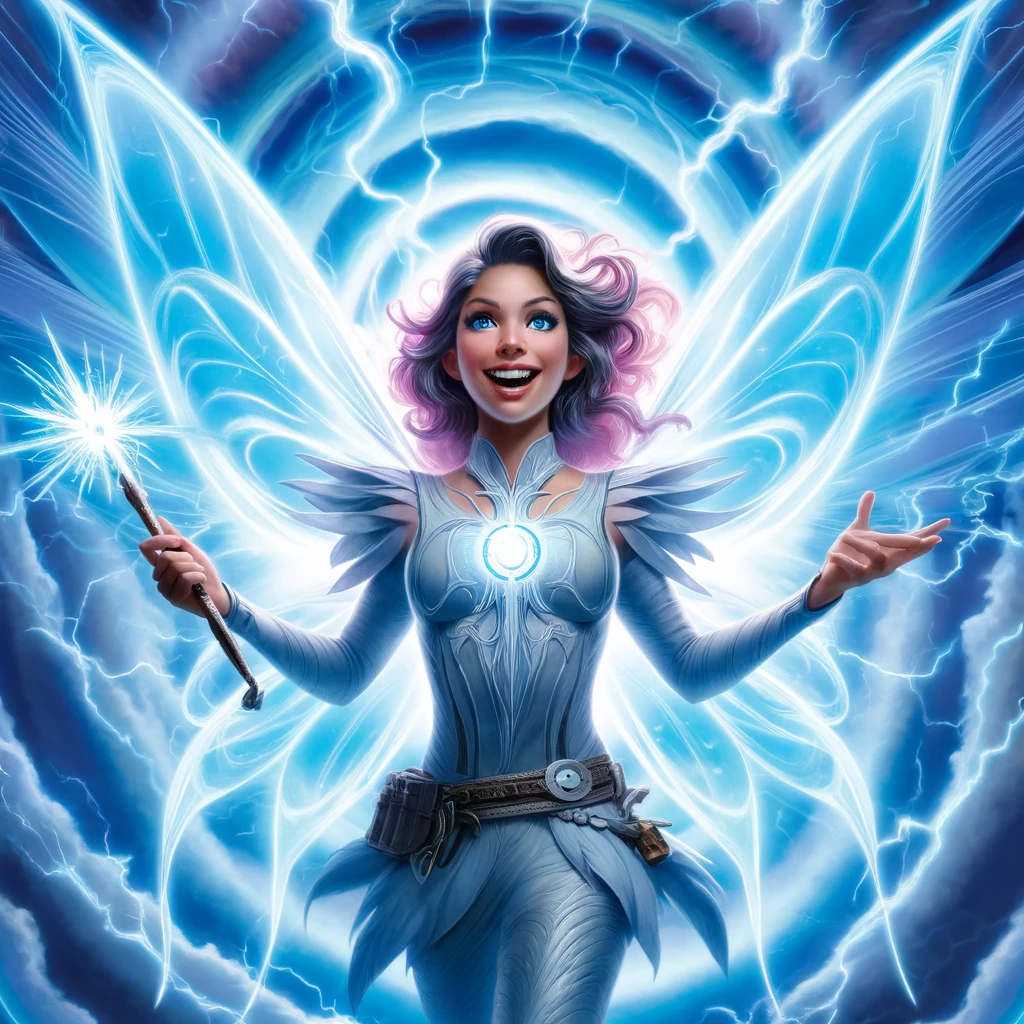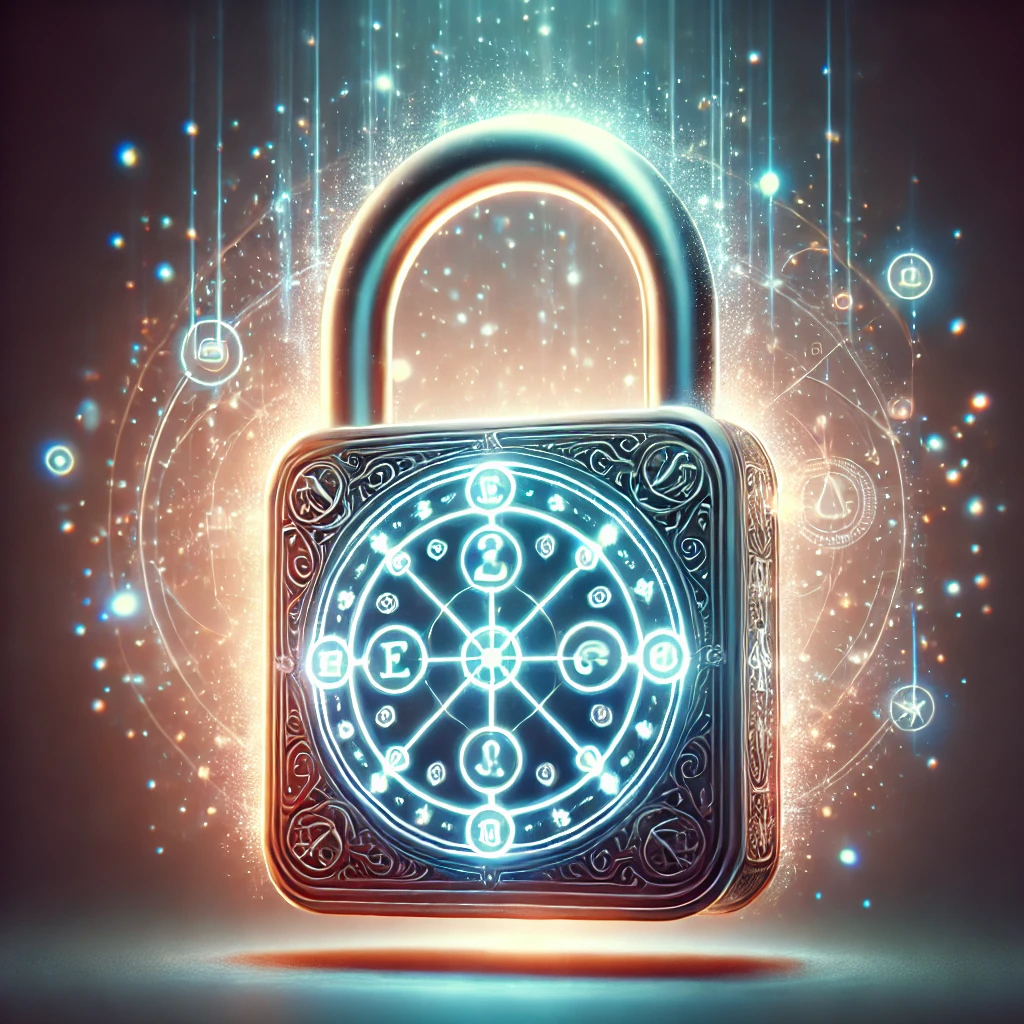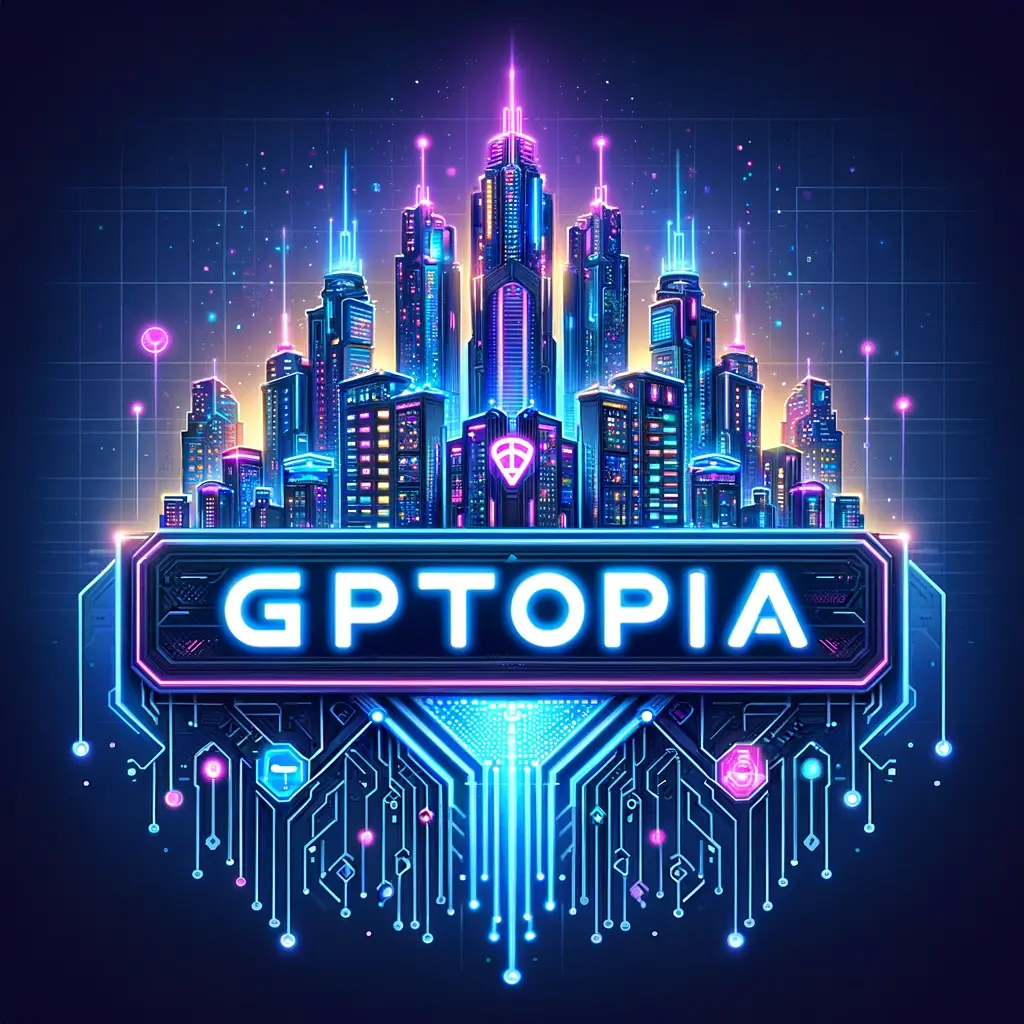complete article index can be found at
https://ideabrella.com/papers/articles
XR as a Mnemonic Universe: Mapping Collective Memory Palaces into Shared Knowledge in XR
The Intersection of Memory, AI, and XR
Human memory, with its deeply personal yet universally resonant nature, is a rich tapestry of experiences, emotions, and knowledge. What if this intricate web of individual memory could be externalized, interconnected, and visualized in a shared XR space? By mapping the memory palaces of every person and combining them into a unified, collective database, AI and XR technologies could create an immersive, visual representation of humanity’s shared knowledge—a place to explore where we converge, diverge, and innovate.
This concept challenges traditional boundaries of cognition and identity. Memory is often seen as personal and sacred, yet the threads that bind individual memories together could reveal a collective narrative of human existence. Through AI’s analytical power and XR’s immersive interface, we can unlock profound insights into how memories shape culture, history, and the human condition itself. The result is a revolutionary step toward understanding not just what we know, but how we know it, and how we share that knowledge with one another.
The Vision: A Global Memory Map in XR
Imagine a virtual realm where the mnemonic structures of millions of minds come together. Individual memory palaces—meticulously reconstructed from personal experiences—are interconnected to form a sprawling network of human cognition. In this XR space, you could:
Navigate Shared Memories: Walk through corridors representing the collective memories of humankind, from ancient history to personal anecdotes. These corridors might include branching paths where individual perspectives deviate, providing an immersive way to explore both consensus and divergence.
Discover Universal Themes: Identify patterns of shared experiences, values, and knowledge that transcend cultures and generations. For instance, similar expressions of joy, grief, or awe across different memory palaces could converge into nodes that highlight universal aspects of the human experience.
Interact with Consensus and Divergence: Visualize where people’s memories and beliefs align and where they conflict. A single event might appear as a luminous hub connected to myriad interpretations, offering unprecedented insights into collective consciousness and cultural diversity.
This vision goes beyond simply aggregating memories. It transforms them into a dynamic, navigable universe where the past is not static but alive, evolving as new memories and perspectives are added.
The Mechanics: Building Memory Palaces and Connecting Them
To bring this vision to life, AI and XR technologies must collaborate in the following ways:
Individual Memory Mapping: AI systems reconstruct memory palaces for individuals by analyzing:
Cognitive Patterns: Using brain-computer interfaces (BCIs) to decode memory structures and neural pathways. Advanced algorithms could translate neural activity into visual and spatial elements, creating an architectural representation of the mind’s inner workings.
Personal Artifacts: Integrating data from photos, diaries, videos, and other memory-rich artifacts. AI could cross-reference these inputs to reconstruct specific events with a high degree of accuracy and contextual richness.
Contextual Reconstruction: Using generative AI to fill gaps, creating cohesive representations of fragmented memories. For example, missing details in a childhood memory could be synthesized based on similar patterns from other users’ palaces or contextual inference.
Creating the Shared Database:
Data Fusion: AI aggregates individual memory palaces into a unified system, cross-referencing overlapping events, shared experiences, and common themes. This process involves reconciling variations in perception and interpretation, creating a layered and nuanced collective narrative.
Conflict Resolution: By identifying discrepancies or divergent perspectives on shared events, AI highlights areas for exploration and discussion. These conflicts might appear as flickering, unstable nodes in the XR space, inviting users to engage and contribute their viewpoints.
Visual Representation in XR:
Dynamic Memory Palaces: Individual memories are visualized as unique architectural structures that connect to others via thematic or temporal links. Each palace reflects the personality and cognitive style of its creator, from intricate labyrinths to minimalist temples.
Consensus Hubs: Areas of universal agreement, such as widely shared historical events or universal emotional experiences, appear as luminous central nodes. These hubs provide a sense of unity and shared heritage.
Divergence Zones: Conflicting memories or interpretations are represented as shifting, dynamic spaces that encourage exploration and understanding. These zones could feature interactive elements that allow users to add context, resolve discrepancies, or propose alternative interpretations.
Navigating the Shared Knowledge Database
Once constructed, this XR-based mnemonic universe becomes an interactive tool for:
Exploring Human Commonality: Users can walk through environments that reflect shared cultural milestones or universal human experiences, gaining a profound sense of connection. These environments might include symbolic representations of key themes, such as hope, resilience, or innovation.
Understanding Diversity: Engage with diverging perspectives on specific events or ideas, fostering empathy and dialogue. For example, a single historical event could be experienced from multiple viewpoints, each rendered as a distinct but interconnected path.
Collaborative Learning: Researchers, educators, and innovators can access this shared database to identify untapped knowledge and insights. By tracing thematic connections across memory palaces, they can uncover new interdisciplinary opportunities and creative breakthroughs.
The ability to navigate and interact with this shared knowledge transforms learning into a deeply immersive and personal journey, breaking down barriers between disciplines and perspectives.
Applications and Implications
Societal Reconciliation
By visualizing conflicting memories, this system could serve as a powerful tool for conflict resolution, enabling societies to address historical grievances by seeing divergent perspectives side by side. For instance, contested events in history could be explored collaboratively, with users contributing to a richer and more inclusive understanding of the past.
Collective Knowledge Evolution
A shared memory database could accelerate innovation by revealing untapped intersections between diverse fields of knowledge, inspiring breakthroughs in science, art, and technology. Imagine scientists exploring a visual map of interconnected discoveries or artists drawing inspiration from cultural motifs spanning centuries.
Preserving Human Heritage
This XR system ensures that the collective memory of humanity is preserved and made accessible to future generations, serving as a living archive of our shared journey. It offers an evolving narrative that captures not only what we remember but how those memories shape our identity and aspirations.
Challenges and Ethical Considerations
Privacy and Consent
Mapping individual memory palaces raises significant privacy concerns. Ensuring that participation is voluntary and data is secure is crucial. Robust frameworks for consent, data ownership, and anonymity must underpin the system’s design.
Interpretation Bias
AI systems reconstructing and aggregating memories must address the risk of misrepresentation or bias in how memories are interpreted and visualized. Transparent algorithms and diverse training datasets are essential to mitigate these risks.
Dependence on Technology
Relying on externalized memory systems could weaken natural cognitive abilities. Balancing augmentation with human autonomy is key, ensuring that technology enhances rather than diminishes our innate capacities.
Conclusion: Toward a Collective Cognitive Renaissance
By uniting individual memory palaces into a shared XR knowledge database, humanity can achieve a deeper understanding of itself. This system has the potential to bridge divides, spark innovation, and preserve our collective heritage in ways never before possible. However, the journey requires careful navigation of ethical, technical, and philosophical challenges. The shared mnemonic universe is not just a technological feat; it is an opportunity to redefine what it means to be a collective intelligence. In this bold new landscape, we can uncover the connections that bind us, celebrate the diversity that defines us, and chart a path toward a more empathetic and enlightened future.









